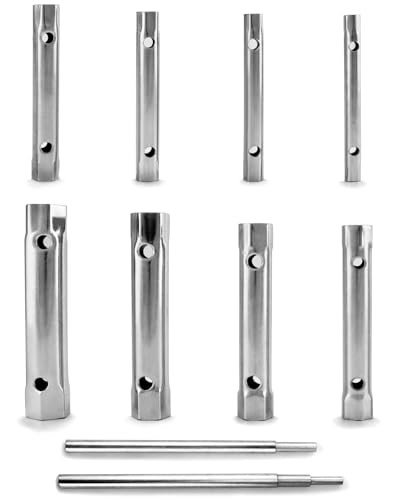Howdy-
I owned a 2013 Leaf for 3 years, leased. My 2017 Bolt lease is ending in 1 month though I may extend it.
I have a level 2 charger at home.
Pandemic changes...not sure what our commute will be like for the next few years. My commute (stable job) is 11 miles each way and I will probably drive to work 3 out of 5 days.
I've been looking at a used EV with non-Bolt range. For not a lot of money. The Spark EV is intriguing. Questions:
1) A quick read suggests the 2016 is the best year. Yes?
2) Never bought a USED EV before. The battery health is the most important. Any ideas on how I can assess battery health as a potential buyer?
3) I've enjoyed a couple of safety features on my Bolt, mostly the lane change warning on the side view mirrors. I see that can exist in the Spark EV as the Driver Confidence Package. For the life of me, I can't find that in a used Spark EV. It doesn't seem standard in the 2LT. Was it a rare add-on? Or am I wrong about it being an option in the 2LT model.
Also looking at a used 2013 Leaf with a new battery 2 years ago for 5500.
Used Spark EV 2LTs seem to be roughly 8-10k in my area (Bay Area)
Appreciate the wisdom!
I owned a 2013 Leaf for 3 years, leased. My 2017 Bolt lease is ending in 1 month though I may extend it.
I have a level 2 charger at home.
Pandemic changes...not sure what our commute will be like for the next few years. My commute (stable job) is 11 miles each way and I will probably drive to work 3 out of 5 days.
I've been looking at a used EV with non-Bolt range. For not a lot of money. The Spark EV is intriguing. Questions:
1) A quick read suggests the 2016 is the best year. Yes?
2) Never bought a USED EV before. The battery health is the most important. Any ideas on how I can assess battery health as a potential buyer?
3) I've enjoyed a couple of safety features on my Bolt, mostly the lane change warning on the side view mirrors. I see that can exist in the Spark EV as the Driver Confidence Package. For the life of me, I can't find that in a used Spark EV. It doesn't seem standard in the 2LT. Was it a rare add-on? Or am I wrong about it being an option in the 2LT model.
Also looking at a used 2013 Leaf with a new battery 2 years ago for 5500.
Used Spark EV 2LTs seem to be roughly 8-10k in my area (Bay Area)
Appreciate the wisdom!






![4 Ports Fast Car Charger,[Upgrade Voltmeter Display] PD+QC3.0 Car Charger Adapter for 12-24V Cigarette Lighter Plug,Car Phone Charger Compatible with iPhone/Android/Samsung/iPad(QC3.0+PD+2.4A+2.4A)](https://m.media-amazon.com/images/I/41fxaOeWS4L._SL500_.jpg)

















